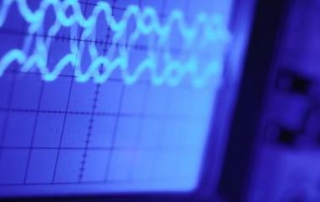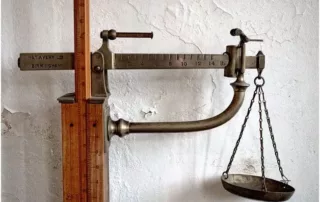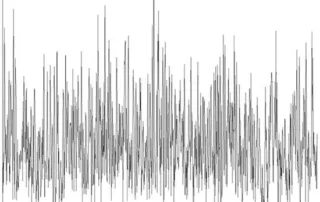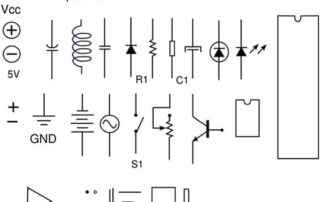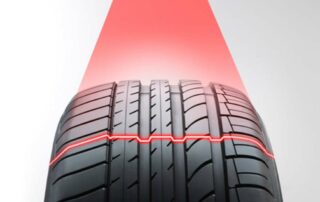Blogs
Calibration
Calibration Calibration in measurement technology is the evaluation of measurement values that is delivered by a device that can deliver a calibration standard of known accuracy. Think of this standard as another measurement device of known accuracy. This device would generate the quantity that would be measured, such as voltage. The outcome of the comparison can result in three possible outcomes: no significant error is noted on the device that is being tested, a significant error was noted but no adjustments were made, or an adjustment was made to correct the error to an acceptable level. BIPM The International [...]
What is Calibration, and Why Is It Important?
Calibration Calibration in measurement technology is the evaluation of measurement values that is delivered by a device that can deliver a calibration standard of known accuracy. Think of this standard as another measurement device of known accuracy. This device would generate the quantity that would be measured, such as voltage. The outcome of the comparison can result in three possible outcomes: no significant error is noted on the device that is being tested, a significant error was noted but no adjustments were made, or an adjustment was made to correct the error to an acceptable level. BIPM The International [...]
History of Measurements
The History of Measurements Measurement, loosely defined is the length, amount, or size of something that is measured. Long ago, the idea of a universal measuring system didn’t exist. That was, until the 18th century where measurement became a cohesive system. Before this period, countries such as France had measuring systems for nearly every profession. In 1795 the number of measurements in France alone numbered well over seven hundred. The names for many units of measurement were borrowed from human morphology. For example, the foot, the hand, the pace, etc. Still, however, these units of measurement were not standardized. [...]
Electronic & RF / Radio Frequency Noise
Electrical and RF noise appears in a wide variety of forms. Noise of this nature has a direct effect on electronic and radio frequencies. Electrical and RF will appear in all electronic and RF systems and can directly affect and even limit performance capabilities of a wide variety of systems. The nature of noise is random which means that it’s impossible to eliminate the effects it has on systems. The moment noise has entered a system it’s impossible to remove it. With that being said, however, it is possible to filter out some of the sound (in some instances) though this [...]
Capacitor Characteristics
Capacitor Characteristics Capacitors are often defined by their many characteristics. These characteristics ultimately determine a capacitors specific application, temperature, capacitance range, and voltage rating. The sheer number of capacitor characteristics are bewildering. Furthermore, it can be very difficult to interpret and understand the information printed onto the body of a capacitor. Capacitors come in various types or families, and each of these groups has their own identification system and characteristics. Some of these systems are easy to interpret. However, other systems are inundated with symbols, letters, and colors that can be confusing to comprehend. Identifying a capacitor's characteristics typically [...]
Types of Capacitors
Types of Capacitors There are numerous types of capacitors with various functions and applications. Capacitors range from small to large, and each has characteristics that make them unique. For example, some capacitors are small and delicate, such as the ones found in radio circuits. On the other hand, capacitors can be quite large such as those found in smoothing circuits. When making comparisons between the various types of capacitors the dielectric used between the plates is what's typically taken into consideration. The range of capacitors is numerous. Take, for instance, variable type capacitors that give the user the [...]
Laser Safety Standards
Laser Safety Standards Handling lasers can be dangerous to the user. That’s why safety measures have been put in place as a form of protection. IEC 60825-1 has become the standard of laser products on an international level and is seen as a common safety standard in countries that belong to the IEC (International Electrotechnical Commission). CDRH The Center for Devices and Radiological Health (CDRH) is a bureau established under the jurisdiction of the U.S. Federal Food and Drug Administration (FDA) of the Department of Health and Human Resources. It has fallen upon the CDRH to regulate manufactured [...]
Warpage and Flatness
When attempting to measure warpage and flatness, you should consider the measurement system being used and the environment where it’s being installed. Always select the right type of equipment during this process. Selecting the wrong kind of equipment can lead to increased man-hours during the production process and insufficient precision. How to Measure Warpage and Flatness Flatness Measurement of Chassis To measure warpage and flatness, you have to determine the difference in height attained by several sensor heads at different locations on the part. In this instance, you won’t experience any measurement errors that are typically caused by chattering [...]

